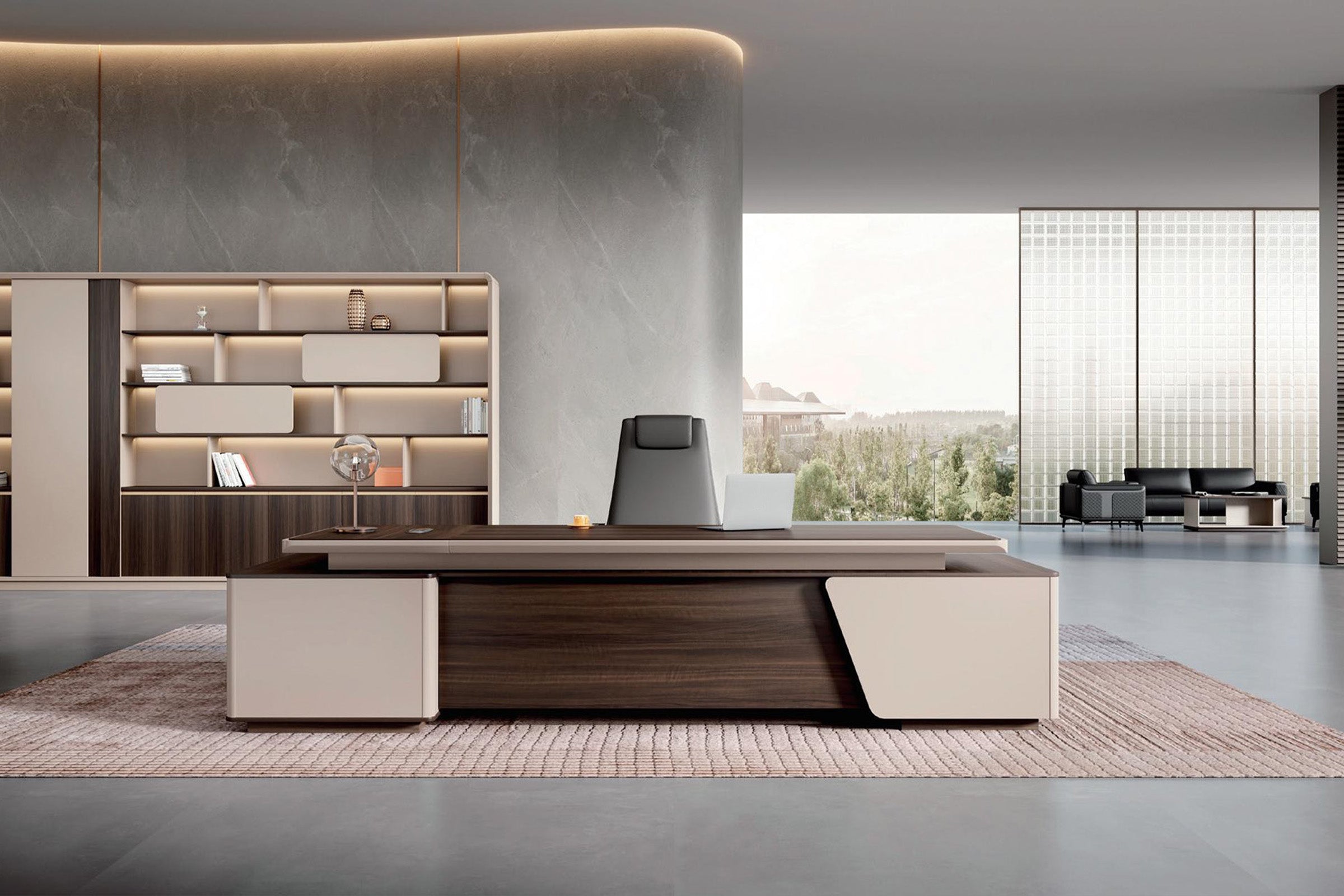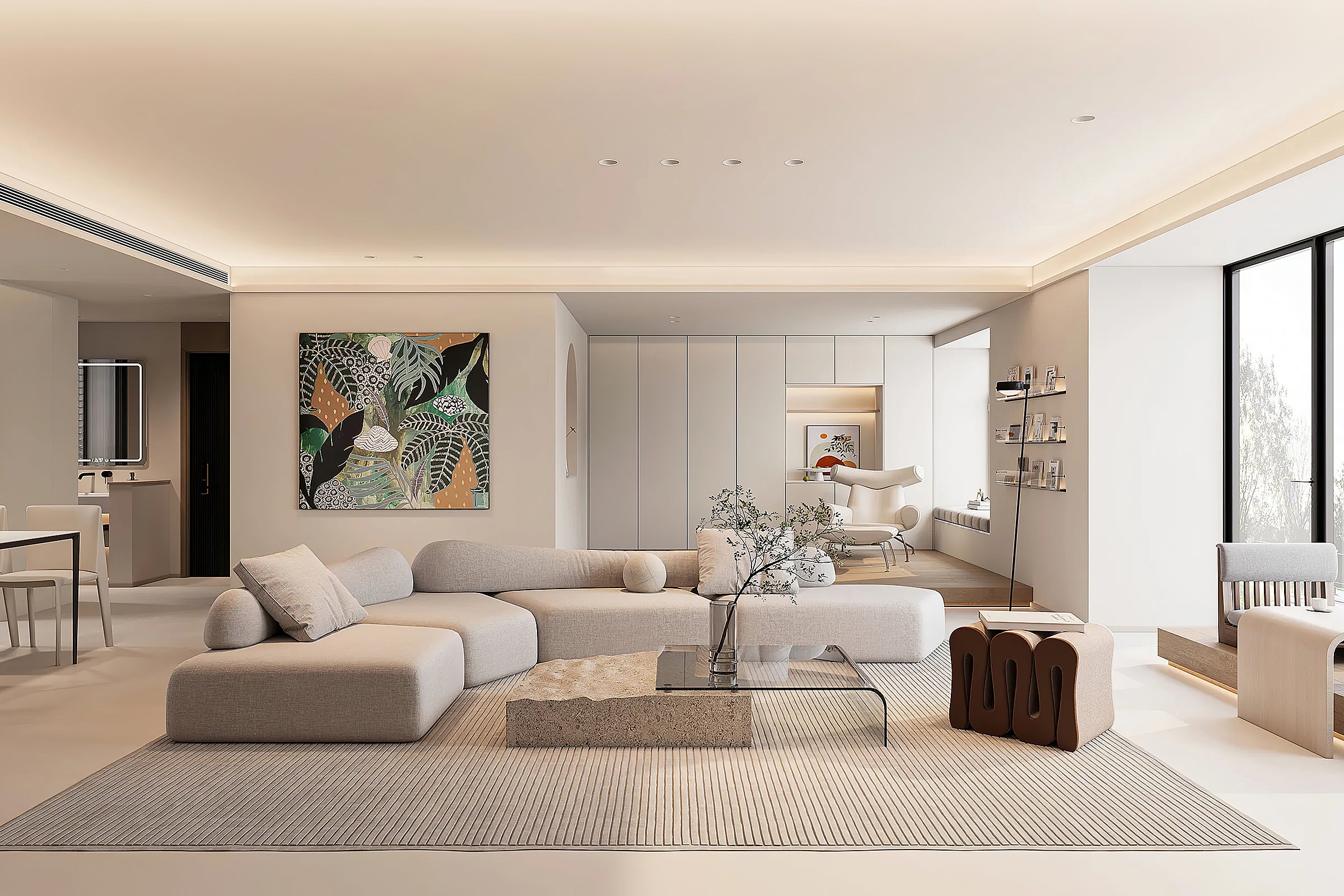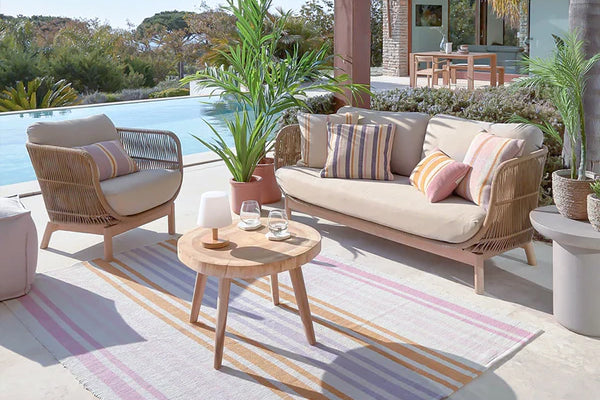|
Content Menu ● Introduction to Reception Desks ● Dimensions of Reception Desks ● ADA-Compliant Reception Desks ● Styles of Reception Desks ● Modern/Contemporary ● Traditional ● Industrial ● Materials Used in Reception Desks ● Reception Desk Designs and Layouts ● Modern Reception Desk Ideas ● Custom Reception Desks ● Benefits of Custom Reception Desks ● Conclusion ● Frequently Asked Questions Introduction to Reception DesksReception desks are a crucial element in any office or public space, serving as the first point of contact for visitors and clients. They not only provide a functional workspace for receptionists but also play a significant role in creating a lasting impression on visitors. In this article, we will delve into the world of reception desks, exploring their dimensions, styles, materials, and how they contribute to the overall aesthetic and functionality of a space. Dimensions of Reception DesksWhen it comes to reception desks, dimensions are key to ensuring both functionality and comfort. The typical height of a reception desk ranges from 28 to 34 inches, allowing for ergonomic comfort for the receptionist and facilitating efficient interaction with visitors. The transaction counter, where visitors interact with the receptionist, is usually between 42 and 43 inches high, though it can be higher for added privacy. Transaction Counter Height:
Desk or Work Surface Height:
Work Surface Depth:
 ADA-Compliant Reception DesksFor public spaces, it's essential to ensure that reception desks comply with the Americans with Disabilities Act (ADA) guidelines. This includes having an accessible portion of the desk no higher than 34 inches from the floor, providing at least 27 inches of knee clearance, and ensuring a clear width of at least 30 inches. ADA Requirements:
 Styles of Reception DesksReception desks come in a variety of styles, each catering to different aesthetic and functional needs. Modern/Contemporary
 Traditional
 Industrial
 Materials Used in Reception DesksThe choice of material for a reception desk can significantly impact its appearance and durability.
Reception Desk Designs and LayoutsThe design and layout of a reception desk can greatly influence the flow and ambiance of a space.
Modern Reception Desk IdeasFor those looking to upgrade their reception area, modern designs offer a blend of style and functionality. Incorporating elements like LED lighting, integrated cable management, and sleek materials can enhance the overall aesthetic of the space. Custom Reception DesksCustom reception desks allow businesses to tailor their reception area to their unique needs and brand identity. Materials such as pressed metals, solid wood, natural stone, marble, and quartz are popular choices for custom designs.
Benefits of Custom Reception Desks
ConclusionReception desks are more than just a piece of furniture; they are a gateway to your business, reflecting your brand's image and values. By choosing the right dimensions, style, and materials, you can create a welcoming and efficient workspace that leaves a lasting impression on visitors. Frequently Asked Questions
|
- Choosing a selection results in a full page refresh.












